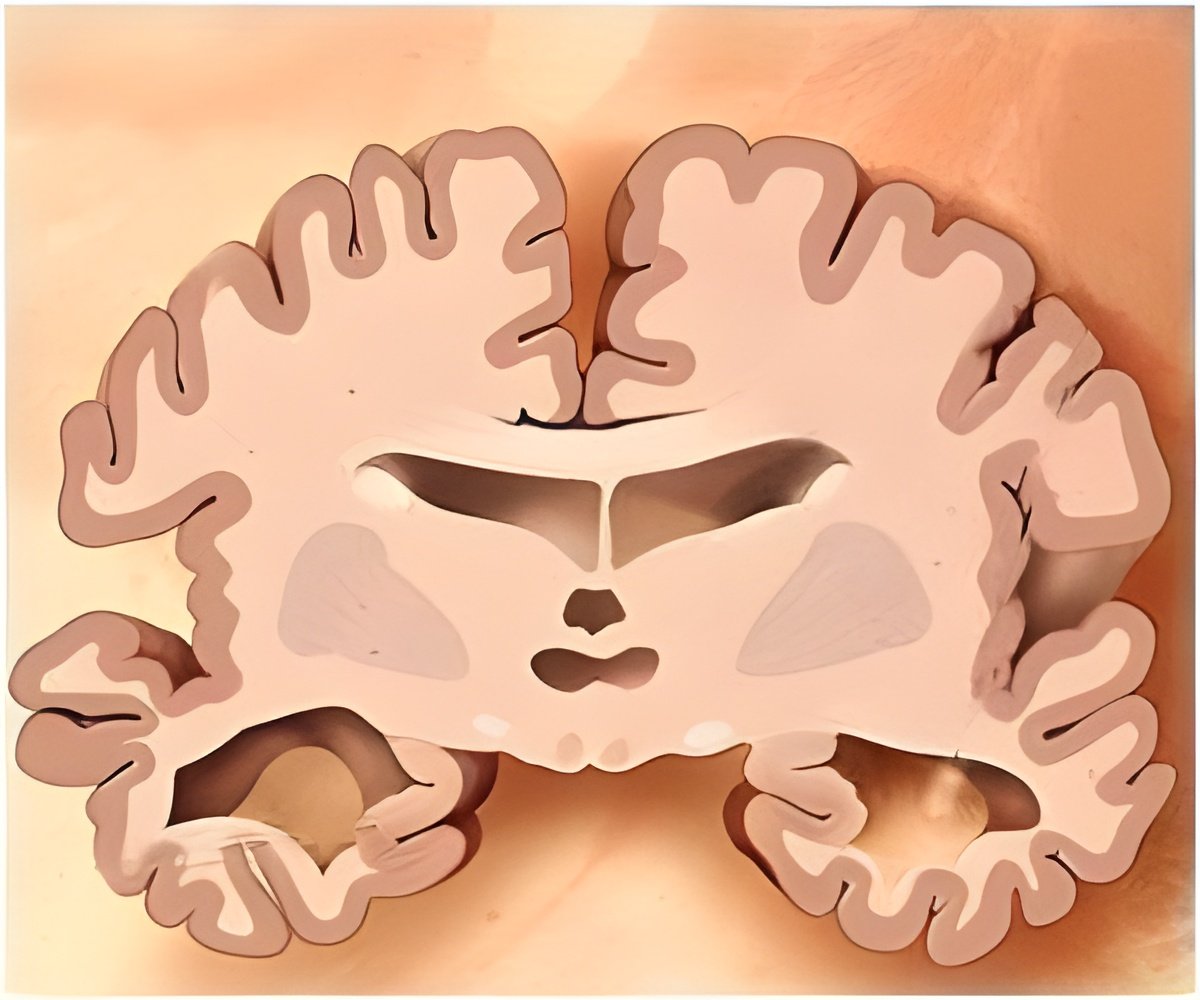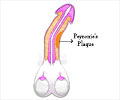
The researchers discovered the molecular process behind Golgi fragmentation, and also developed two techniques to 'rescue' the Golgi structure.
"We plan to use this as a strategy to delay the disease development," said Yanzhuang Wang, U-M associate professor of molecular, cellular and developmental biology. "We have a better understanding of why plaque forms fast in Alzheimer's and found a way to slow down plaque formation."
The paper appears in an upcoming edition of the Proceedings of the National Academy of Sciences. Gunjan Joshi, a research fellow in Wang's lab, is the lead author.
Wang said scientists have long recognized that the Golgi becomes fragmented in the neurons of Alzheimer's patients, but until now they didn't know how or why this fragmentation occurred.
The Golgi structure has the important role of sending molecules to the right places in order to make functional cells, Wang said. The Golgi is analogous to a post office of the cell, and when the Golgi becomes fragmented, it's like a post office gone haywire, sending packages to the wrong places or not sending them at all.
Advertisement
Wang and colleagues rescued the Golgi structure in two ways: they either inhibited cdk5 or expressed a mutant of GRASP65 that cannot be modified by cdk5. Both rescue measures decreased the harmful Abeta secretion by about 80 percent.
Advertisement
The collaboration was made possible by MCubed, a two-year seed funding program to fuel interdisciplinary teams of U-M faculty to pursue research with major societal impact.
Source-Eurekalert












